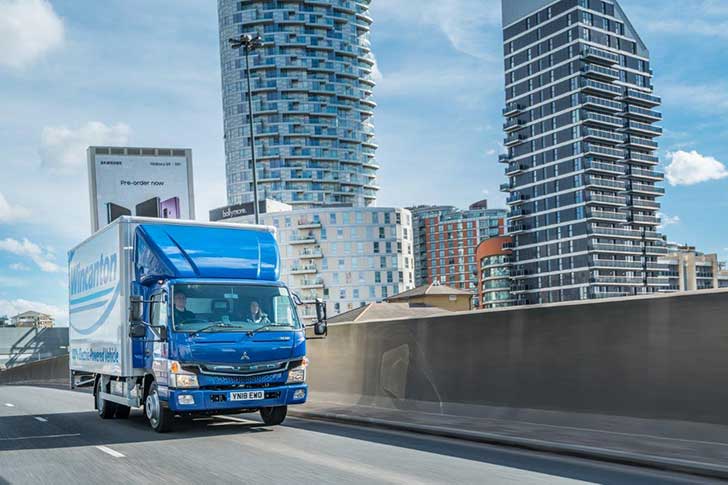Paul Durkin, director of home and e-fulfilment at Wincanton, outlines how urban logistics companies can not only survive but thrive in cities full of changing demands and increasing pressures.
There are many pressures on the modern logistics world, be that financial, environmental or the changing demands of consumers – and these pressures are further increased in the hustle and bustle of city and urban landscapes. So how can firms adapt? It’s all about the three C’s.
Consolidation
Urban consolidation for onward deliveries has been a topic of conversation for many years, but we are seemingly little closer to a satisfactory solution. Most parties involved recognise that the principle works in the form of reduced and restricted vehicle flow to reduce emissions, improve air quality and more efficient delivery processes – but who will pay for this solution is yet to be decided.
Take the example of Heathrow airport, where all retail deliveries are mandated via its consolidation centre so anyone servicing the airport must incorporate this activity in its operational and commercial plans. What this centre has achieved is a greater control of vehicle and goods flow, with higher standards of compliance. There are also compelling security and sustainability benefits from this model. The 2012 Olympics is another great example where this approach was applied to great effect.
The urban retail landscape is changing fast as traditional shopping centres are struggling to serve their core purpose. This creates an opportunity for urban consolidation, utilising existing real estate and repurposing to support customer fulfilment alongside expanded entertainment experiences.

Collaboration
A big part of a successful urban logistics model comes from collaboration in the industry. There is already a clear direction of travel for logistics, as firms prioritise cost and efficiency over their previous reticence to work alongside commercial competitors. What we have seen from arrangements where Wincanton has acted as the strategic facilitator is that there is a greater openness to working together.
Companies benefit greatly from reducing the fixed cost of their assets, which are often left underutilised at different times. For many companies without specific and tailored delivery needs, there is no reason why their goods cannot be transported alongside those of another firm. This approach underpins the traditional carrier and pallet network models and can be expanded further.
Convenience
The other key challenge comes from the end customer. In an increasingly online world of shopping , home delivery is more prominent than ever in urban areas. People are more likely to live in apartments, less inclined to own a car and more time-precious.
We have seen a huge trend towards speed in recent years and next day delivery is still prevalent for smaller items bought online. What is developing in urban areas, however, is a greater move towards convenience. Customers want to be able to decide when they would like to receive (or collect) their goods, taking consideration of the need to take time off work particularly when receiving a larger delivery. Crucially, businesses are keen to offer their customers this choice, as well as a menu of additional services including assembly, installation, packaging disposal and removal of older products. The typical urban dweller is less likely to have the traditional skill set, tools or inclination to want to do this themselves.
In summary
Urban logistics will continue to develop at pace as economic, social and environmental pressures influence government and local authority policy. In parallel, organisations are increasingly more open to working together to achieve common goals, not least the necessity to reduce their cost to serve.
At the time of writing this we’re in the most unprecedented period our generation has known with COVID-19. Traditional barriers to collaborate are being overcome as people and organisations strive to ‘do the right thing’. The consequent economic pressures that unfold will support the need to build on this new era of collaboration to survive and thrive in the years ahead.
Want to read more articles like this?
Urban warehousing is key to keep Britain trading
The effects of internet shopping on urban logistics
 Want to learn more about issues, concepts and technologies that are changing the way in which people and goods move around urban environments safely, cleanly and efficiently? CiTTi Exhibition 2020 takes place on the 3rd and 4th of November at Coventry’s Ricoh Arena. Register your interest to attend at www.cittiexhibition.co.uk.
Want to learn more about issues, concepts and technologies that are changing the way in which people and goods move around urban environments safely, cleanly and efficiently? CiTTi Exhibition 2020 takes place on the 3rd and 4th of November at Coventry’s Ricoh Arena. Register your interest to attend at www.cittiexhibition.co.uk.





